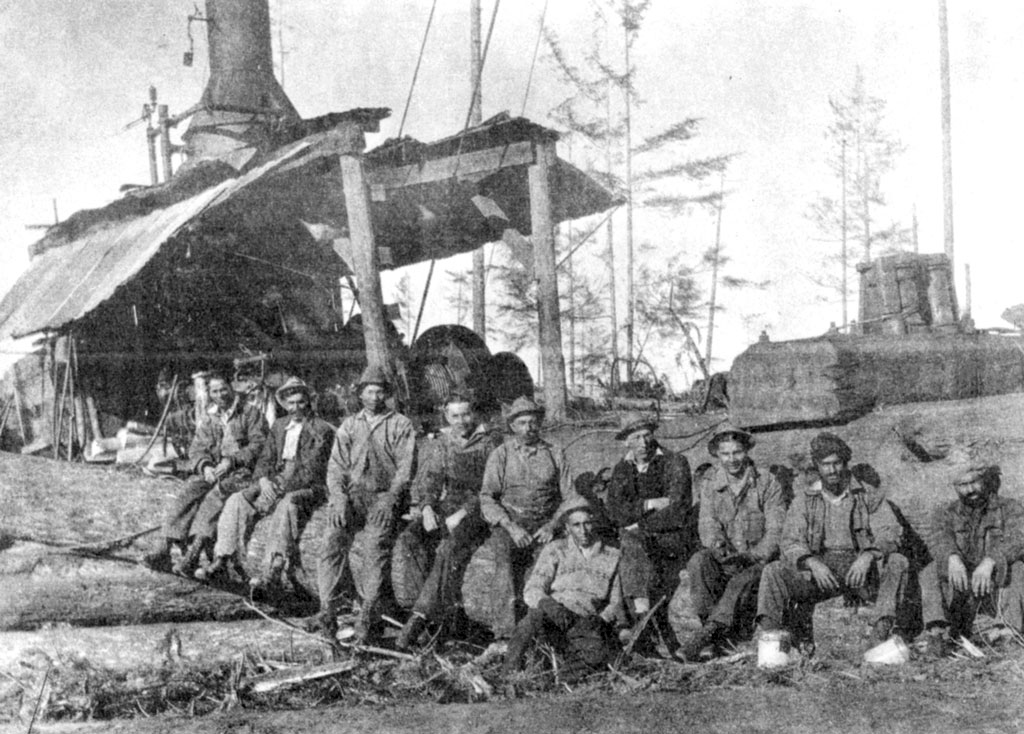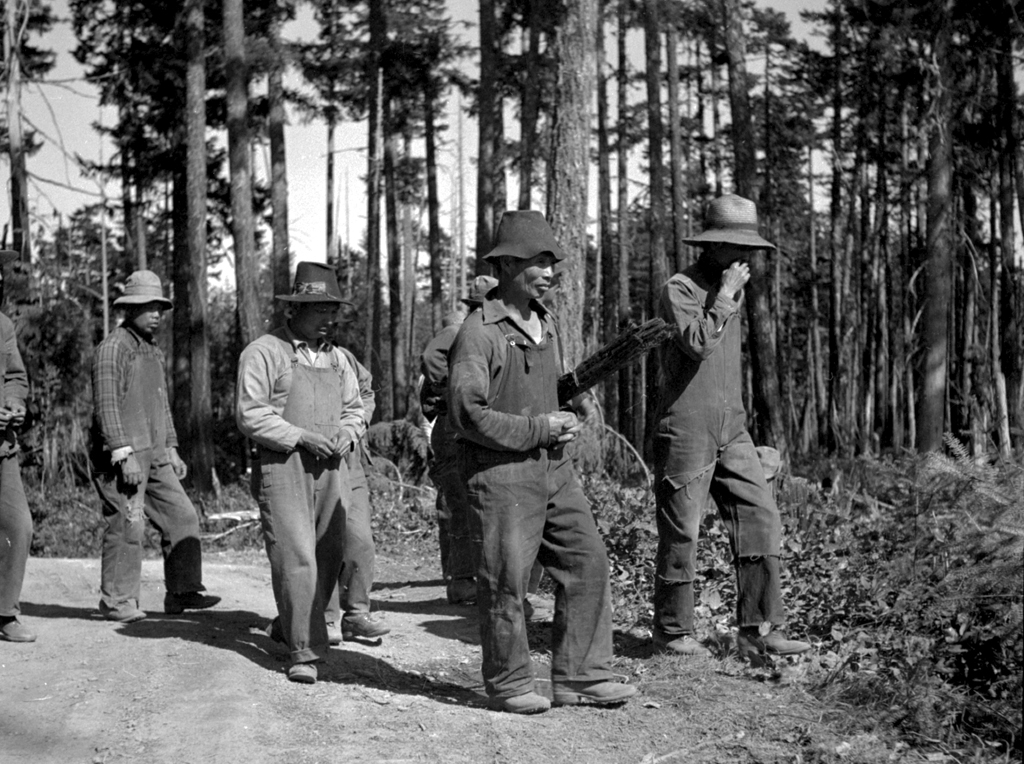
Some South Asians became owners of their own sawmills – Mayo Singh and Kapoor Singh Sidhoo are the most familiar names – though this did not necessarily make life better for their workers. South Asian employers sometimes took advantage of the same provincial laws that permitted South Asians to be paid less money than others for the same work.
“We know for a fact that the wages paid by this company are much lower than is paid by others. I do not know if the Chinese workers here actually know what their wages are, or if they are ashamed to mention the low scale, but some of them say they are paid 20 cents an hour, others 25 cents, and still others 30 cents, so we cannot state for sure what they are paid.”[1]
“The wages generally paid is the minimum wage on all departments as far as the Orientals and some of the white men in the woods, as far as I know, are concerned.”[2]

Union organizing in mills owned by South Asians was challenging. Many of the workers were indebted to those who had given them a job, or sometimes had family or friend connections to the employers which made them hesitant to unionize for fear of being disrespectful.
South Asian IWA organizer Darshan Singh Sangha describes this when he went looking for work at Kapoor Lumber in 1937.
“I went over to the Kapoor Lumber Company where my uncle worked. The uncle was fifty-five or so. He persuaded Kapoor to employ me in the Planer for marking boards. The day he employed me he fired my uncle who worked at 33 cents an hour and in his place he employed me for 25 cents an hour.”[3]
“In the mills, non-white workers were paid less than their white counterparts, they were the last ones to be hired and first ones to be fired and were given only the unskilled labor jobs. They were not allowed to operate any machinery or hold any jobs with responsibility. Even where the mill owners were Punjabi, all the high paying jobs and management positions were given only to the whites.” [4]
- "Wage Scale for Others is Lowest in the Industry; Stay on the Job and Organize, Member Advises", letter to the editor, The B.C. Lumber Worker, May 1937, 2. ↵
- "Kapoor Wage Scale is Below Average Rates", letter to editor, The B.C. Lumber Worker, January 1937, 2. ↵
- Clay Perry and Harold Pritchett, (1979). Interview with Darshan in Daudharia, H., ed. Darshan: A Book on Darshan’s Life and Contribution. (2004). Darshan Singh Sangha ‘Canadian’ Heritage Foundation, 42-67. ↵
- Sadhu Binning and Sukhwant Hundal, Ten Years of Darshan in Canada in Daudharia (2004), 13-30. ↵
